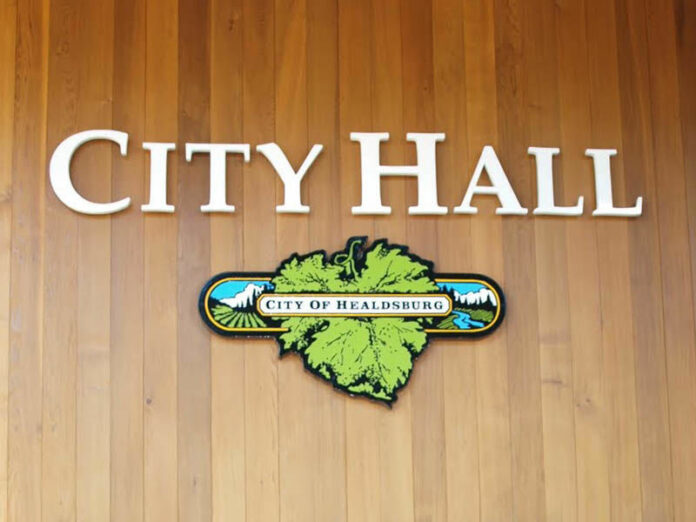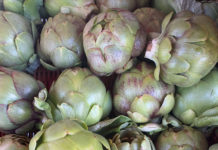It’s as dry as a bone out there. Our region has received less than one-third the normal amount of rainfall to date – 13 inches of rain compared to an average of 38 inches. As a result, on April 21, the day before Earth Day, the State of California declared a drought emergency in the Russian River watershed, which spans Sonoma and Mendocino counties.
We must conserve water now. This is especially important as we head into wildfire season. To that end, the Healdsburg City Council on May 3 approved the implementation of Stage 2 of the city’s water shortage emergency plan. This plan requires everyone in the city — commercial, residential, schools and City afacilities — to cut water use by at least 20%.
The good news is that there are plenty of ways we can conserve water without impacting safety and sanitation, and we have successfully done so before. In 2014 and 2015, Healdsburg did a phenomenal job of reducing water usage by 20%, so we can certainly meet the challenge again to protect our watershed and drinking water supply.
How much water does Healdsburg use?
Residents make up 70% of Healdsburg’s total water use, while commercial businesses use 20%. The remaining 10% is used by city facilities, schools and industrial businesses. In total, Healdsburg used 833,891 hundred cubic feet (HCF) of water in 2020 — that’s equivalent to 945 Olympic-size swimming pools.
A few more important numbers: Healdsburg uses almost 32% more water per capita than other cities in our area. Healdsburg uses approximately 141 gallons per person per day daily (GPCD), compared to the Sonoma-Marin regional average of 107 GPCD.
Our water usage spikes in the summer months due to residential landscape irrigation which, by itself, consumes a whopping 20% of Healdsburg’s total water usage. Under current water supply conditions, these water demands are unsustainable, so the city must implement mandatory water reductions.
Here’s what you should do to conserve water
Healdsburg’s conservation goal sets rules and prohibitions on water use, many of which are common-sense best practices. Here are a few of the key policies to help you achieve the goal of 20% water reduction:
1. Irrigation and watering are limited to Tuesdays, Thursdays and Sundays only, and may only run from 8 p.m. to 7 a.m. to reduce evaporation, so make sure to reprogram your irrigation timers.
2. Hosing down sidewalks and driveways is prohibited. Use a broom instead.
3. New pool permits will not be authorized unless water is sourced from outside Healdsburg’s potable water system; existing pools should be covered when not in use to reduce water loss.
4. Water leaks must be repaired within 72 hours of notice. Leaks are not only a waste of water, but they also increase your monthly water bill.
Save money with rebates: Our Utility Department offers rebates for lawn conversion projects, low-flow toilet replacements, and irrigation upgrades like smart controllers. Visit www.smartlivinghealdsburg.org to learn how you can save water and money and see how the city is performing against its goals.
Increase your home’s wildfire defense while conserving water
Although wildfire threats and water conservation may seem diametrically opposed, fire-scaping your property requires less water than traditional lawns and buttresses your property’s defense against wildfire. Removing all plants within a five-foot radius of your home, planting drought tolerant natives and non-turf landscapes eliminates much of your yard’s thirst and can act as a fire break.
For more information on how to make your property more hardy, go to these CalFire resources: readyforwildfire.org/prepare-for-wildfire/get-ready/fire-resistant-landscaping and readyforwildfire.org/prepare-for-wildfire/get-ready/defensible-space
Felicia Smith is a Utility Conservation Analyst with the city of Healdsburg.
58.1
F
Healdsburg
April 20, 2025








